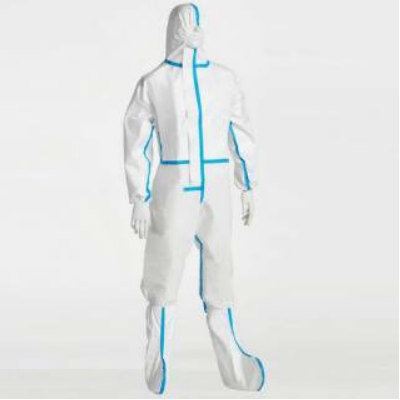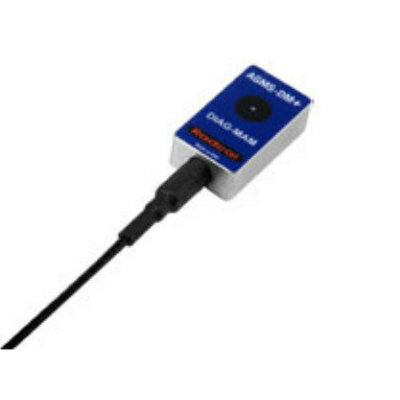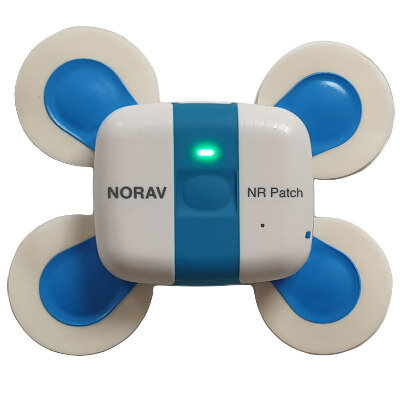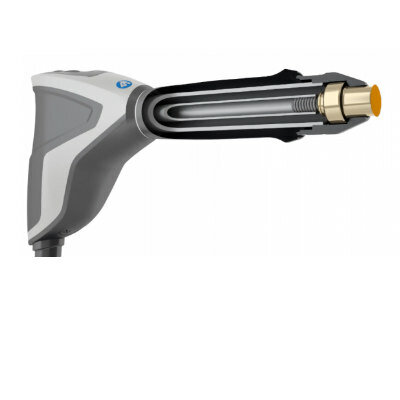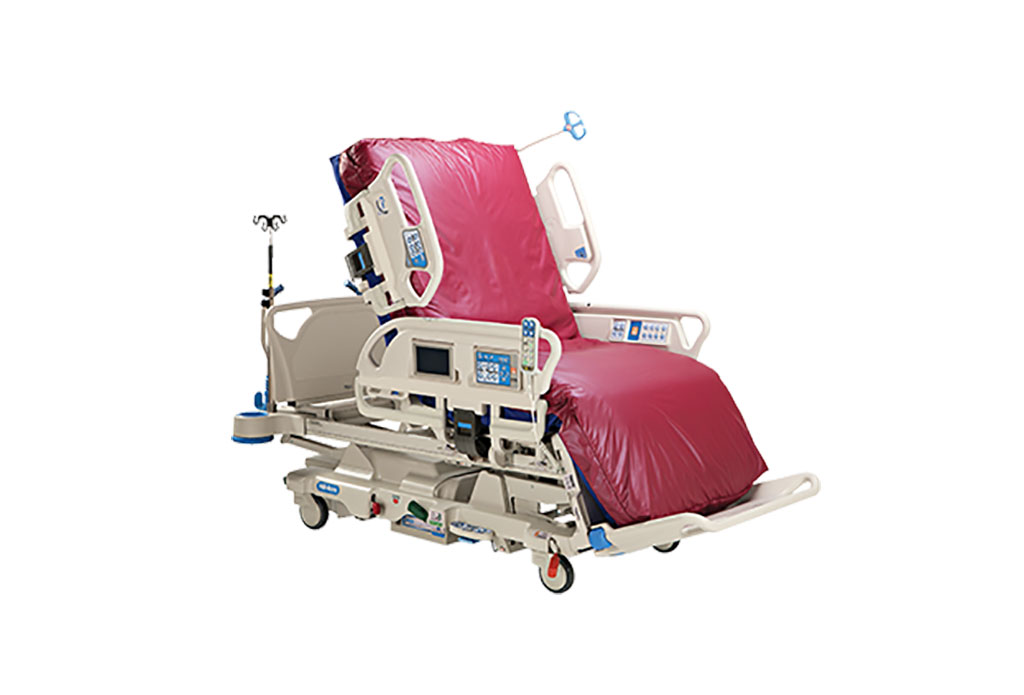Innovative Cochlear Implant Enables Direct Android Connectivity
|
By HospiMedica International staff writers Posted on 24 Jun 2019 |
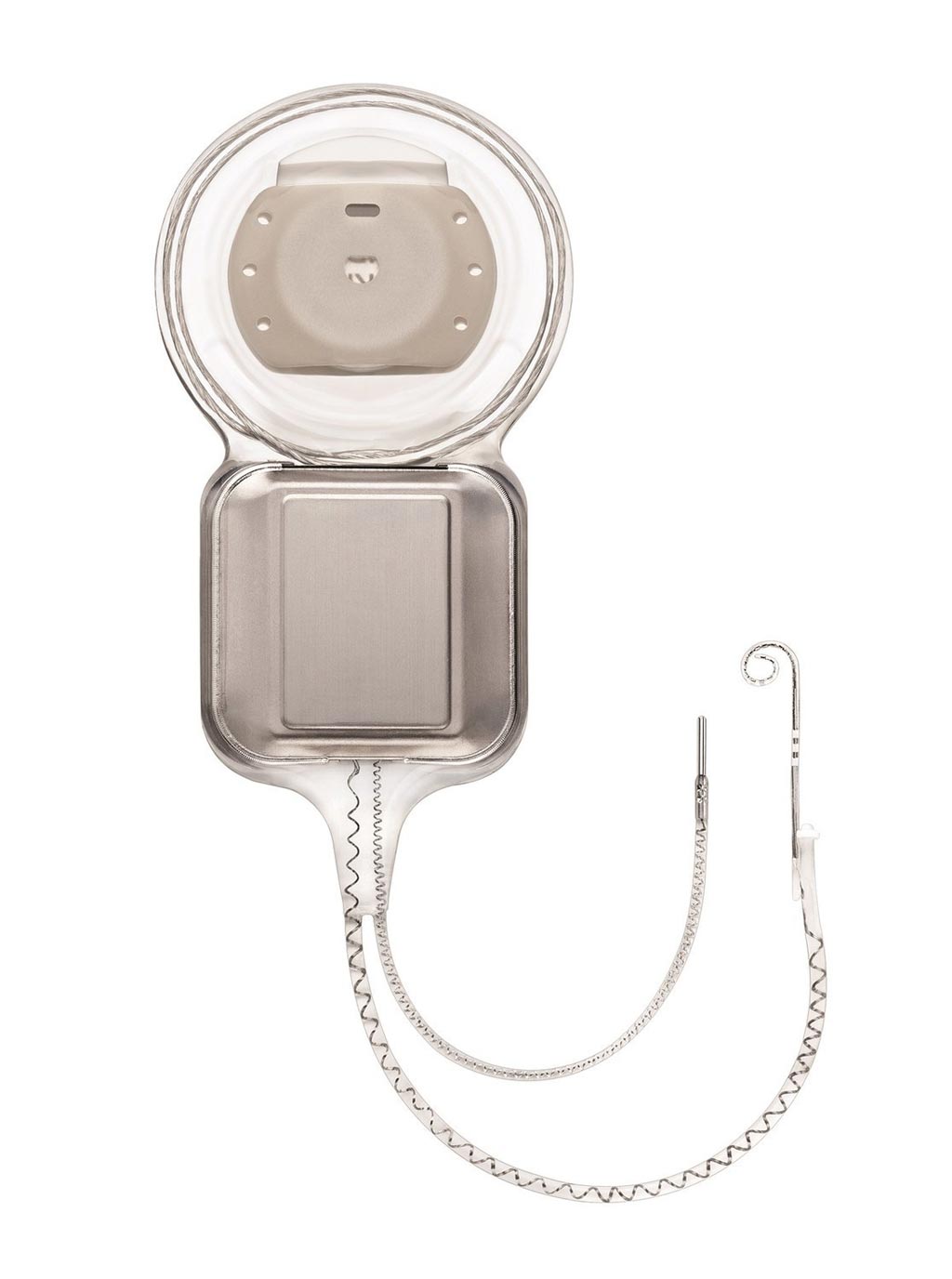
Image: The Nucleus Profile Plus Series cochlear implant (Photo courtesy of Cochlear).
A new cochlear implant hearing aid offers easier access to magnetic resonance imaging (MRI) and expanded connectivity to Android smartphones via Google direct streaming.
The Cochlear (Centennial, CO, USA) Nucleus Profile Plus Implant with the Nucleus 7 Sound Processor allows users access to direct streaming with a compatible android phone, dependent upon implementation of Google Audio Streaming for Hearing Aids (ASHA) protocol into the handsets. Users can also connect to their implanted hearing aid using the Nucleus smart app, which allows them to control, monitor, and customize hearing settings, view personalized hearing information, and even locate a missing sound processor, all from the convenience of their smartphone.
Other features include Hearing Tracker, which records coil-offs time and time in speech (the amount of time spent in speech environments, including FM radio and streaming audio); and ForwardFocus, a user-activated algorithm that reduces distracting noise coming from behind a person so they can more easily enjoy a face-to-face conversation. The implant is designed so that cochlear implant recipients have safe access to magnetic resonance imaging (MRI) scans, without the need to remove the internal magnet or shielding the implant. In case it is required the magnet is still accessible for removal, if needed.
“For more than two decades, Cochlear has been pleased to provide Nucleus Cochlear Implant recipients with access to MRIs. Now, with the approval of the Nucleus Profile Plus Implant, we are able to provide our cochlear implant recipients MRI access without the need to remove the internal magnet or needing a head wrap,” said Tony Manna, president of Cochlear Americas. “We are delivering this new innovation without sacrificing our longstanding cochlear implant reliability track record, our thin implant design, and the easy to access magnet that ensures our recipients have continued MRI access now and in the future.”
In a normal ear, sound vibrations in the air lead to resonant vibrations of the basilar membrane inside the cochlea. The movement of hair cells, located all along the basilar membrane, creates an electrical disturbance that can be picked up by the surrounding nerve cells, allowing the brain to interpret the nerve activity and determine what sound frequency is being heard. The cochlear implant bypasses the hair cells and stimulates the cochlear nerves directly using electrical impulses. This allows the brain to interpret the frequency of sound as it would if the hair cells of the basilar membrane were functioning properly.
Related Links:
Cochlear
The Cochlear (Centennial, CO, USA) Nucleus Profile Plus Implant with the Nucleus 7 Sound Processor allows users access to direct streaming with a compatible android phone, dependent upon implementation of Google Audio Streaming for Hearing Aids (ASHA) protocol into the handsets. Users can also connect to their implanted hearing aid using the Nucleus smart app, which allows them to control, monitor, and customize hearing settings, view personalized hearing information, and even locate a missing sound processor, all from the convenience of their smartphone.
Other features include Hearing Tracker, which records coil-offs time and time in speech (the amount of time spent in speech environments, including FM radio and streaming audio); and ForwardFocus, a user-activated algorithm that reduces distracting noise coming from behind a person so they can more easily enjoy a face-to-face conversation. The implant is designed so that cochlear implant recipients have safe access to magnetic resonance imaging (MRI) scans, without the need to remove the internal magnet or shielding the implant. In case it is required the magnet is still accessible for removal, if needed.
“For more than two decades, Cochlear has been pleased to provide Nucleus Cochlear Implant recipients with access to MRIs. Now, with the approval of the Nucleus Profile Plus Implant, we are able to provide our cochlear implant recipients MRI access without the need to remove the internal magnet or needing a head wrap,” said Tony Manna, president of Cochlear Americas. “We are delivering this new innovation without sacrificing our longstanding cochlear implant reliability track record, our thin implant design, and the easy to access magnet that ensures our recipients have continued MRI access now and in the future.”
In a normal ear, sound vibrations in the air lead to resonant vibrations of the basilar membrane inside the cochlea. The movement of hair cells, located all along the basilar membrane, creates an electrical disturbance that can be picked up by the surrounding nerve cells, allowing the brain to interpret the nerve activity and determine what sound frequency is being heard. The cochlear implant bypasses the hair cells and stimulates the cochlear nerves directly using electrical impulses. This allows the brain to interpret the frequency of sound as it would if the hair cells of the basilar membrane were functioning properly.
Related Links:
Cochlear
Latest Health IT News
- Machine Learning Model Improves Mortality Risk Prediction for Cardiac Surgery Patients
- Strategic Collaboration to Develop and Integrate Generative AI into Healthcare
- AI-Enabled Operating Rooms Solution Helps Hospitals Maximize Utilization and Unlock Capacity
- AI Predicts Pancreatic Cancer Three Years before Diagnosis from Patients’ Medical Records
- First Fully Autonomous Generative AI Personalized Medical Authorizations System Reduces Care Delay
- Electronic Health Records May Be Key to Improving Patient Care, Study Finds
- AI Trained for Specific Vocal Biomarkers Could Accurately Predict Coronary Artery Disease
- First-Ever AI Test for Early Diagnosis of Alzheimer’s to Be Expanded to Diagnosis of Parkinson’s Disease
- New Self-Learning AI-Based Algorithm Reads Electrocardiograms to Spot Unseen Signs of Heart Failure
- Autonomous Robot Performs COVID-19 Nasal Swab Tests

- Statistical Tool Predicts COVID-19 Peaks Worldwide
- Wireless-Controlled Soft Neural Implant Stimulates Brain Cells
- Tiny Polymer Stent Could Treat Pediatric Urethral Strictures
- Human Torso Simulator Helps Design Brace Innovations
- 3D Bioprinting Rebuilds the Human Heart
Channels
Artificial Intelligence
view channel
AI-Powered Algorithm to Revolutionize Detection of Atrial Fibrillation
Atrial fibrillation (AFib), a condition characterized by an irregular and often rapid heart rate, is linked to increased risks of stroke and heart failure. This is because the irregular heartbeat in AFib... Read more
AI Diagnostic Tool Accurately Detects Valvular Disorders Often Missed by Doctors
Doctors generally use stethoscopes to listen for the characteristic lub-dub sounds made by heart valves opening and closing. They also listen for less prominent sounds that indicate problems with these valves.... Read moreCritical Care
view channel
Revascularization Improves Life Quality in Chronic Limb-Threatening Ischemia, Finds Study
Researchers have undertaken a detailed study to evaluate the effects of revascularization strategies on the health-related quality of life (HRQoL) of patients with chronic limb-threatening ischemia.... Read more
Powerful AI Risk Assessment Tool Predicts Outcomes in Heart Failure Patients
Heart failure is a serious condition where the heart cannot pump sufficient blood to meet the body's needs, leading to symptoms like fatigue, weakness, and swelling in the legs and feet, and it can ultimately... Read more
Peptide-Based Hydrogels Repair Damaged Organs and Tissues On-The-Spot
Scientists have ingeniously combined biomedical expertise with nature-inspired engineering to develop a jelly-like material that holds significant promise for immediate repairs to a wide variety of damaged... Read more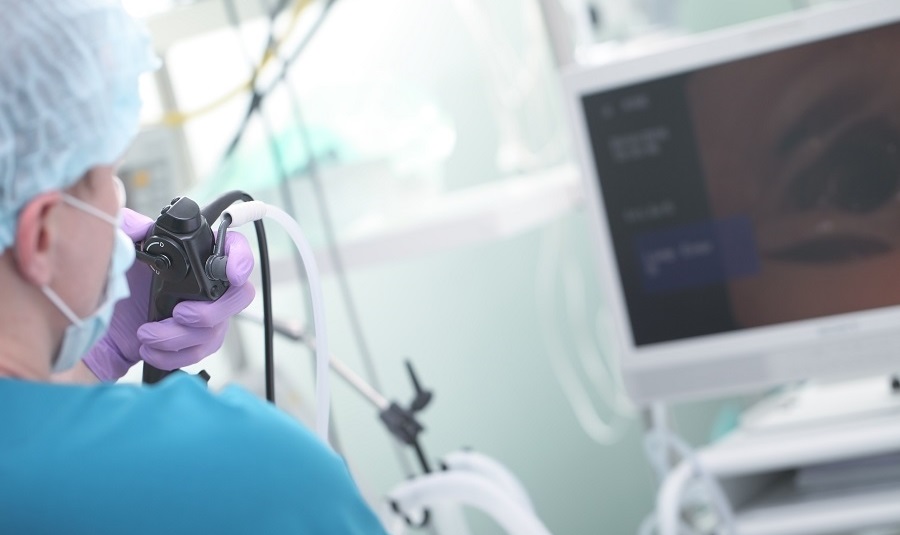
One-Hour Endoscopic Procedure Could Eliminate Need for Insulin for Type 2 Diabetes
Over 37 million Americans are diagnosed with diabetes, and more than 90% of these cases are Type 2 diabetes. This form of diabetes is most commonly seen in individuals over 45, though an increasing number... Read moreSurgical Techniques
view channel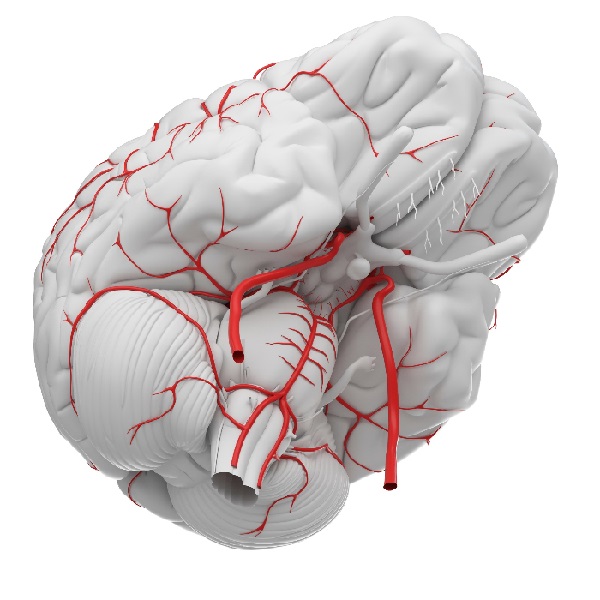
Miniaturized Snake-Like Probe Images Cerebral Arteries From Within
Endovascular interventions are being increasingly favored for treating strokes and cerebral artery diseases, but rely heavily on angiographical imaging that often struggles with limited contrast and spatial... Read more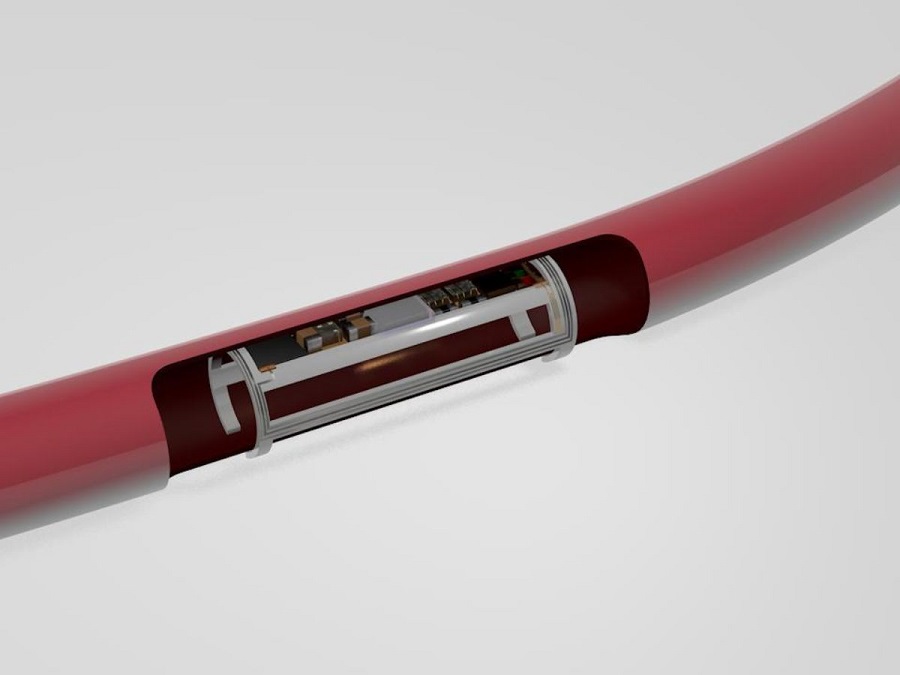
Miniaturized Implantable Multi-Sensors Device to Monitor Vessels Health
Researchers have embarked on a project to develop a multi-sensing device that can be implanted into blood vessels like peripheral veins or arteries to monitor a range of bodily parameters and overall health status.... Read more
Tiny Robots Made Out Of Carbon Could Conduct Colonoscopy, Pelvic Exam or Blood Test
Researchers at the University of Alberta (Edmonton, AB, Canada) are developing cutting-edge robots so tiny that they are invisible to the naked eye but are capable of traveling through the human body to... Read more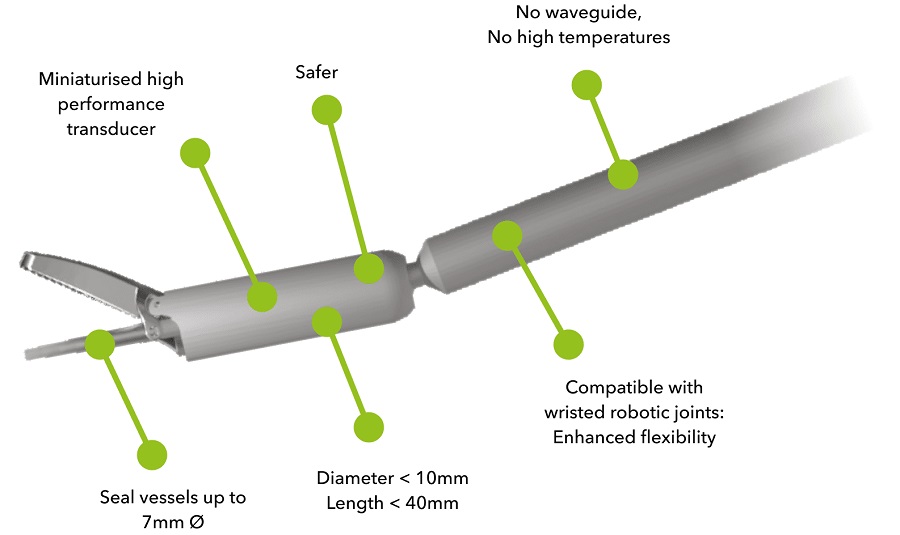
Miniaturized Ultrasonic Scalpel Enables Faster and Safer Robotic-Assisted Surgery
Robot-assisted surgery (RAS) has gained significant popularity in recent years and is now extensively used across various surgical fields such as urology, gynecology, and cardiology. These surgeries, performed... Read morePatient Care
view channelFirst-Of-Its-Kind Portable Germicidal Light Technology Disinfects High-Touch Clinical Surfaces in Seconds
Reducing healthcare-acquired infections (HAIs) remains a pressing issue within global healthcare systems. In the United States alone, 1.7 million patients contract HAIs annually, leading to approximately... Read more
Surgical Capacity Optimization Solution Helps Hospitals Boost OR Utilization
An innovative solution has the capability to transform surgical capacity utilization by targeting the root cause of surgical block time inefficiencies. Fujitsu Limited’s (Tokyo, Japan) Surgical Capacity... Read more
Game-Changing Innovation in Surgical Instrument Sterilization Significantly Improves OR Throughput
A groundbreaking innovation enables hospitals to significantly improve instrument processing time and throughput in operating rooms (ORs) and sterile processing departments. Turbett Surgical, Inc.... Read morePoint of Care
view channel
Critical Bleeding Management System to Help Hospitals Further Standardize Viscoelastic Testing
Surgical procedures are often accompanied by significant blood loss and the subsequent high likelihood of the need for allogeneic blood transfusions. These transfusions, while critical, are linked to various... Read more
Point of Care HIV Test Enables Early Infection Diagnosis for Infants
Early diagnosis and initiation of treatment are crucial for the survival of infants infected with HIV (human immunodeficiency virus). Without treatment, approximately 50% of infants who acquire HIV during... Read more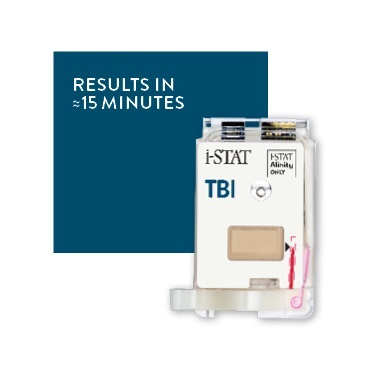
Whole Blood Rapid Test Aids Assessment of Concussion at Patient's Bedside
In the United States annually, approximately five million individuals seek emergency department care for traumatic brain injuries (TBIs), yet over half of those suspecting a concussion may never get it checked.... Read more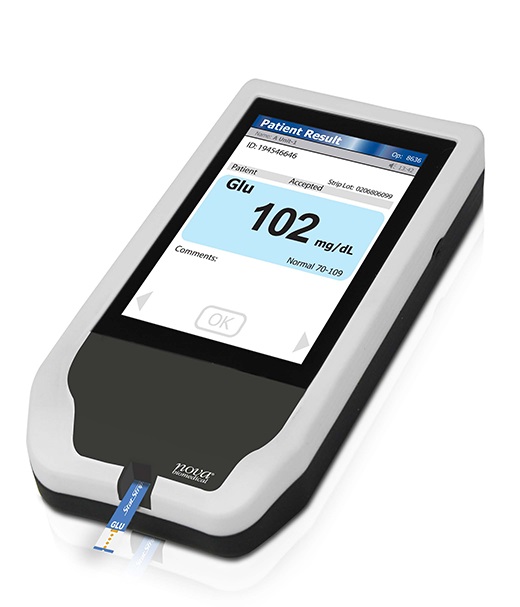
New Generation Glucose Hospital Meter System Ensures Accurate, Interference-Free and Safe Use
A new generation glucose hospital meter system now comes with several features that make hospital glucose testing easier and more secure while continuing to offer accuracy, freedom from interference, and... Read moreBusiness
view channel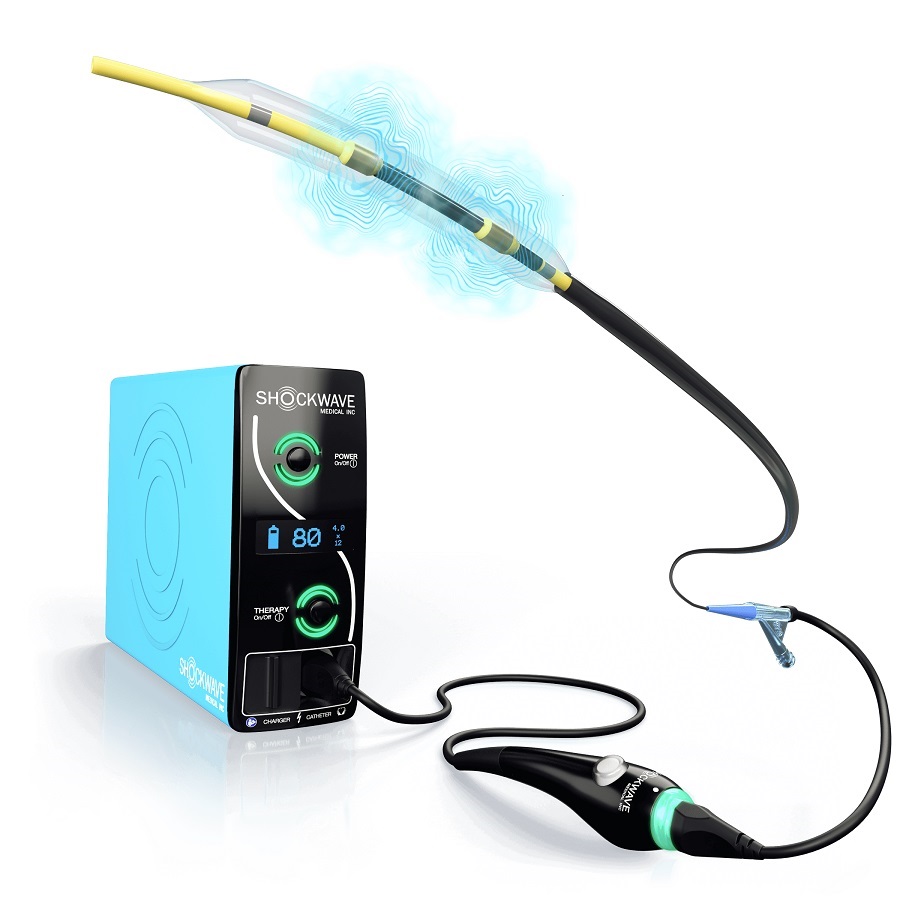
Johnson & Johnson Acquires Cardiovascular Medical Device Company Shockwave Medical
Johnson & Johnson (New Brunswick, N.J., USA) and Shockwave Medical (Santa Clara, CA, USA) have entered into a definitive agreement under which Johnson & Johnson will acquire all of Shockwave’s... Read more




